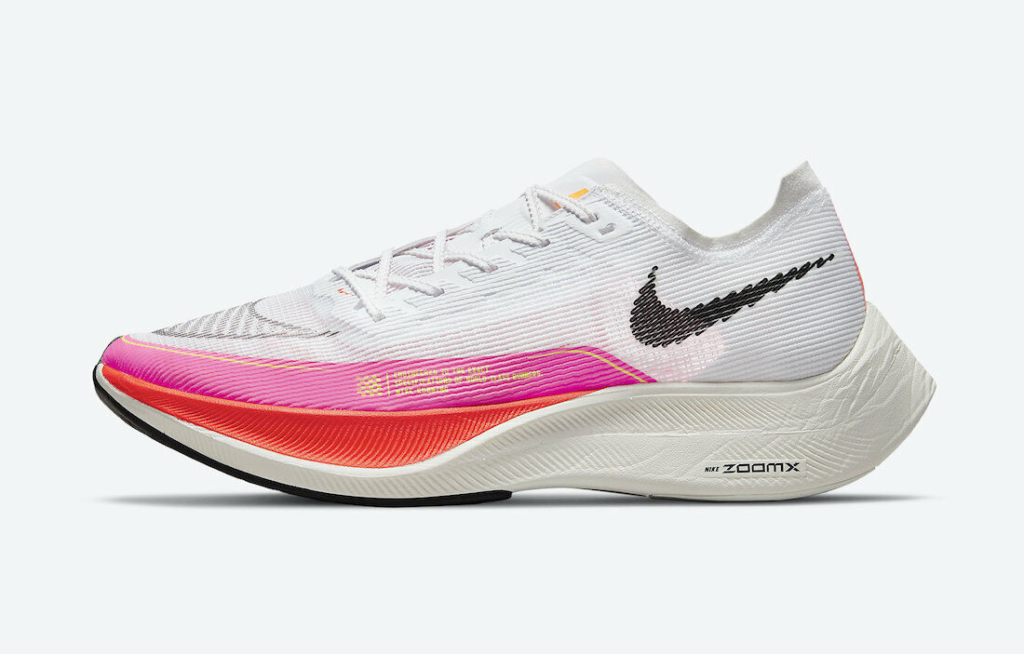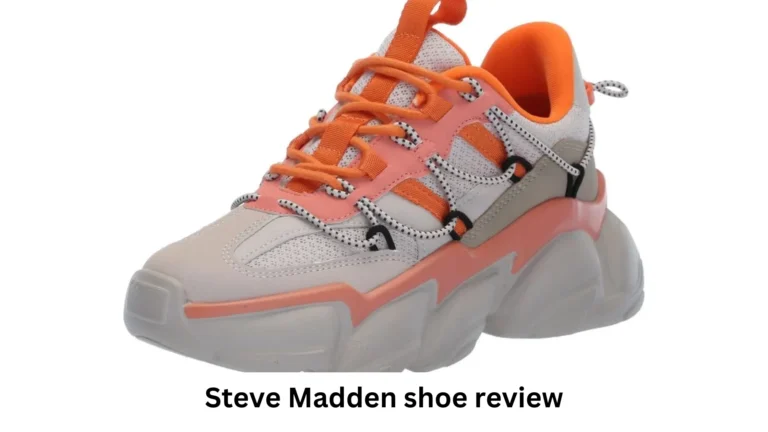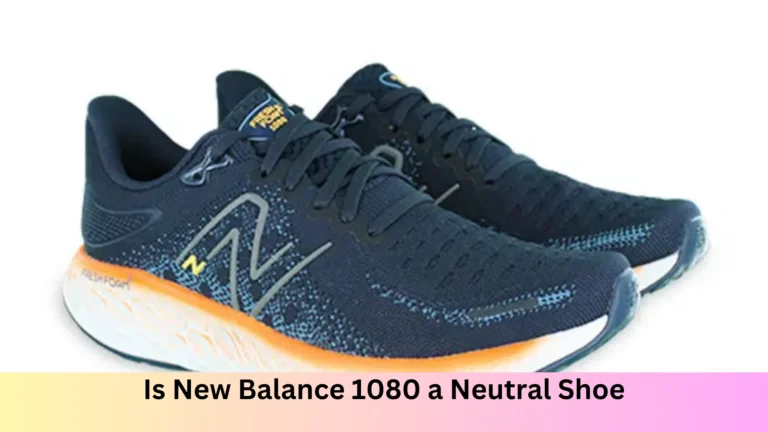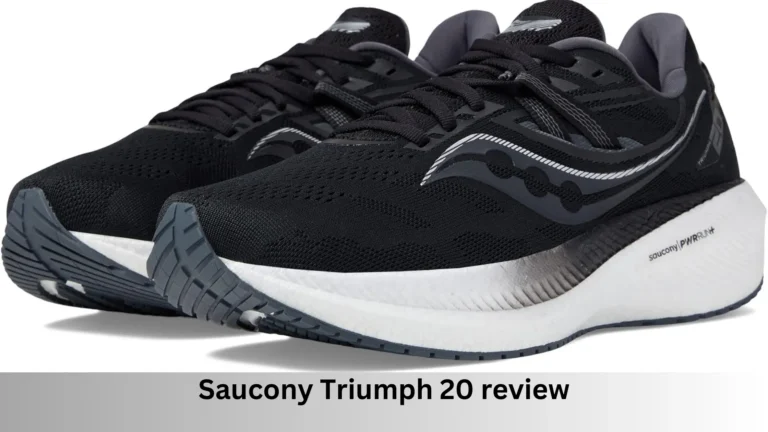
Finding the right pair of running shoes can make all the difference between a comfortable run and an injury-prone experience. But with so many shoes on the market, what exactly qualifies as a running shoe? In this guide, we’ll break down what makes a shoe truly designed for running, covering the key features, differences from walking shoes, and how to choose the best pair for your needs.
What Defines a Real Running Shoe?

Running shoes are specially designed footwear that protect your feet during the repetitive motion of running. Unlike regular sneakers or casual athletic shoes, true running shoes have specific features engineered for the impact and movement of running.
Key Features of Genuine Running Shoes
- Cushioning Systems
- Impact absorption technology in the midsole
- Specialized foam materials (like EVA or TPE)
- Balanced cushioning from heel to toe
- Support Structure
- Arch support designed for different foot types
- Heel counter for stability
- Strategic reinforcement in high-stress areas
- Breathable Upper
- Mesh materials for ventilation
- Moisture-wicking properties
- Flexible yet supportive design
How to Identify a True Running Shoe
Weight and Design
Real running shoes typically weigh between 6.5 to 11 ounces for men’s shoes and 5.5 to 9 ounces for women’s shoes. They’re designed to be lightweight while maintaining necessary support features.
Heel-to-Toe Drop
- Standard drop: 8-12mm
- Low drop: 4-6mm
- Zero drop: 0mm Each drop height serves different running styles and preferences.
Outsole Pattern
Look for:
- Flex grooves for natural foot movement
- Rubber placement in high-wear areas
- Traction patterns specific to road or trail use
Types of Running Shoes
1. Neutral Running Shoes
- Best for runners with normal arches
- Natural foot motion
- Even cushioning distribution
2. Stability Running Shoes
- Added support for overpronation
- Medial posts or guide rails
- Firmer midsole materials
3. Maximum Cushioning Shoes
- Extra shock absorption
- Higher stack heights
- Popular for long-distance running
What Makes a Shoe a Running Shoe?
To answer this, a running shoe is specifically designed to support the repetitive motion and impact that running generates. Here are the essential elements that set them apart:
- Cushioning: Running shoes often come with added cushioning in the heel and forefoot to absorb impact and provide comfort on different surfaces.
- Arch Support: Depending on your foot type (neutral, flat, or high arches), running shoes offer varying degrees of arch support.
- Heel-to-Toe Drop: Running shoes have a significant drop from heel to toe, designed to help you transition smoothly during your stride.
- Breathability: Most running shoes are made from lightweight, breathable materials like mesh to prevent overheating during long runs.
- Outsole Grip: Designed to handle a variety of terrains (road, trail, etc.), the outsole has deep grooves and is built for enhanced traction.
Read Also: Will the Color Run Ruin My Shoes?
Differences Between Running Shoes and Walking Shoes
Although both types may look similar, running and walking shoes are not interchangeable. Here’s how they differ:
- Impact Absorption: Running generates more impact than walking, so running shoes are built with more cushioning.
- Flexibility: Running shoes are more flexible at the forefoot to accommodate the push-off during runs.
- Weight: Running shoes are lighter to avoid slowing down the runner and improving speed.
Common Mistakes When Buying Running Shoes
Many runners make the mistake of choosing running shoes based purely on appearance or price. Avoid these common errors:
- Ignoring Gait Analysis: Not knowing your foot’s gait can lead to the wrong shoe choice, causing injury.
- Choosing the Wrong Size: Running shoes should fit snugly but not too tight. Trying them on in the evening when your feet are more swollen is a good idea.
- Wearing Them Too Long: Running shoes typically last 300-500 miles. After that, they lose support and cushioning.
How to Choose the Right Running Shoe

- Know Your Foot Type
- Take the wet test
- Check your arch height
- Understand your gait pattern
- Consider Your Running Style
- Distance covered
- Surface type
- Running frequency
- Try Before You Buy
- Visit specialized running stores
- Test shoes late in the day
- Wear your regular running socks
Maintaining Your Running Shoes
- Replace every 400-500 miles
- Rotate between pairs
- Clean regularly
- Store in cool, dry places
Frequently Asked Questions
How do I know if my shoes are real running shoes?
Look for specialized cushioning systems, proper weight range, and running-specific features like flex grooves and breathable mesh uppers.
How often should I replace my running shoes?
Most running shoes should be replaced after 400-500 miles of use, or when you notice significant wear patterns and reduced cushioning.
Can I use running shoes for other activities?
While possible, it’s best to use running shoes primarily for running to maintain their effectiveness and longevity.
What’s the difference between road and trail running shoes?
Trail running shoes have more aggressive tread patterns, and stronger durability features, and often include rock plates for protection.
Are expensive running shoes better?
Not necessarily. The best running shoe is one that fits your foot type and running style, regardless of price.
Expert Tips for Running Shoe Success
- Visit specialized running stores for proper fitting
- Consider having multiple pairs for rotation
- Break in new shoes gradually
- Pay attention to how your feet feel
- Keep track of your shoes’ mileage
Conclusion
A proper running shoe is more than just athletic footwear – it’s specialized equipment designed to protect your feet and enhance your running experience. By understanding what makes a true running shoe, you can make informed decisions about your running footwear and enjoy safer, more comfortable runs.
Read Also: Are DC Shoes Actually Good for Running? Here’s What You Need to Know [2024]

Hello, I am Natasha Rose. I am the founder of the website Best Running Shoes. I am from California, USA. I am a professional shoe analyzer and an employee in a shoe showroom. I like to provide information about all types of shoes.





